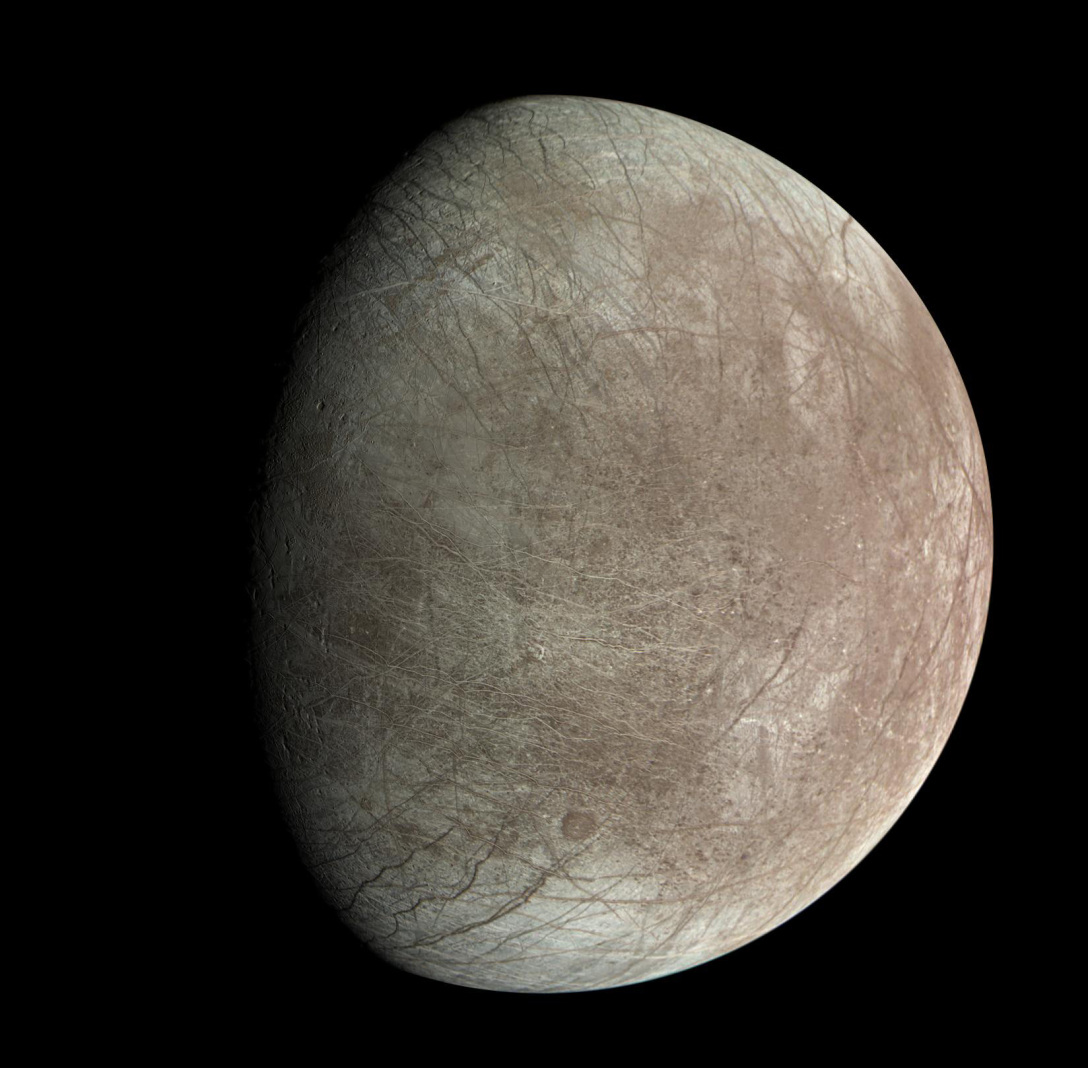NASA's largest spacecraft on its journey to Jupiter has captured its first images of stars. (Photo)
The first star image was captured by NASA's largest spacecraft, which, along with its solar panels, measures over 30 meters. This allowed scientists to test the spacecraft's ability to navigate in space, reports Space.
NASA has released the first photograph of stars taken by the Europa Clipper spacecraft during its journey to Jupiter's moon, Europa. This image is a composite made from three pictures that the NASA probe, launched into space in October of last year, captured in December 2024.
The stars visible in the photograph are located between 150 and 300 light-years away from Earth. They appear as tiny points of light against the dark backdrop of space. The four brightest stars in the image are in the constellation Corvus and are named Alchiba, Algorab, Denebola, and Kraz.

Such star photographs assist the spacecraft in accurately orienting itself in space as it travels to the Jupiter system. The NASA probe is equipped with two small cameras known as star trackers, which help the spacecraft create a map of its stellar surroundings.
According to scientists, precise spatial orientation is essential for the spacecraft to correctly aim its instruments to collect necessary data upon arrival at Europa and to properly direct its antenna for communication with Earth. The star trackers facilitate the probe's navigation by capturing images of stars and then comparing them to a computer database containing a catalog of stars with known positions.

Europa Clipper operates on solar power, and NASA has invested $5 billion in its development and launch, but it has a crucial mission. The spacecraft aims to determine whether life could exist on Europa. Using its instruments, Europa Clipper will assess the thickness of Europa's icy crust and investigate how it interacts with the underground ocean of liquid water. The probe will also identify the exact composition and geology of Jupiter's moon.
In March of this year, Europa Clipper will perform a gravitational maneuver around Mars and then continue its journey to Europa. After the NASA probe travels approximately 2.9 billion kilometers, it is expected to reach its destination in April 2030.